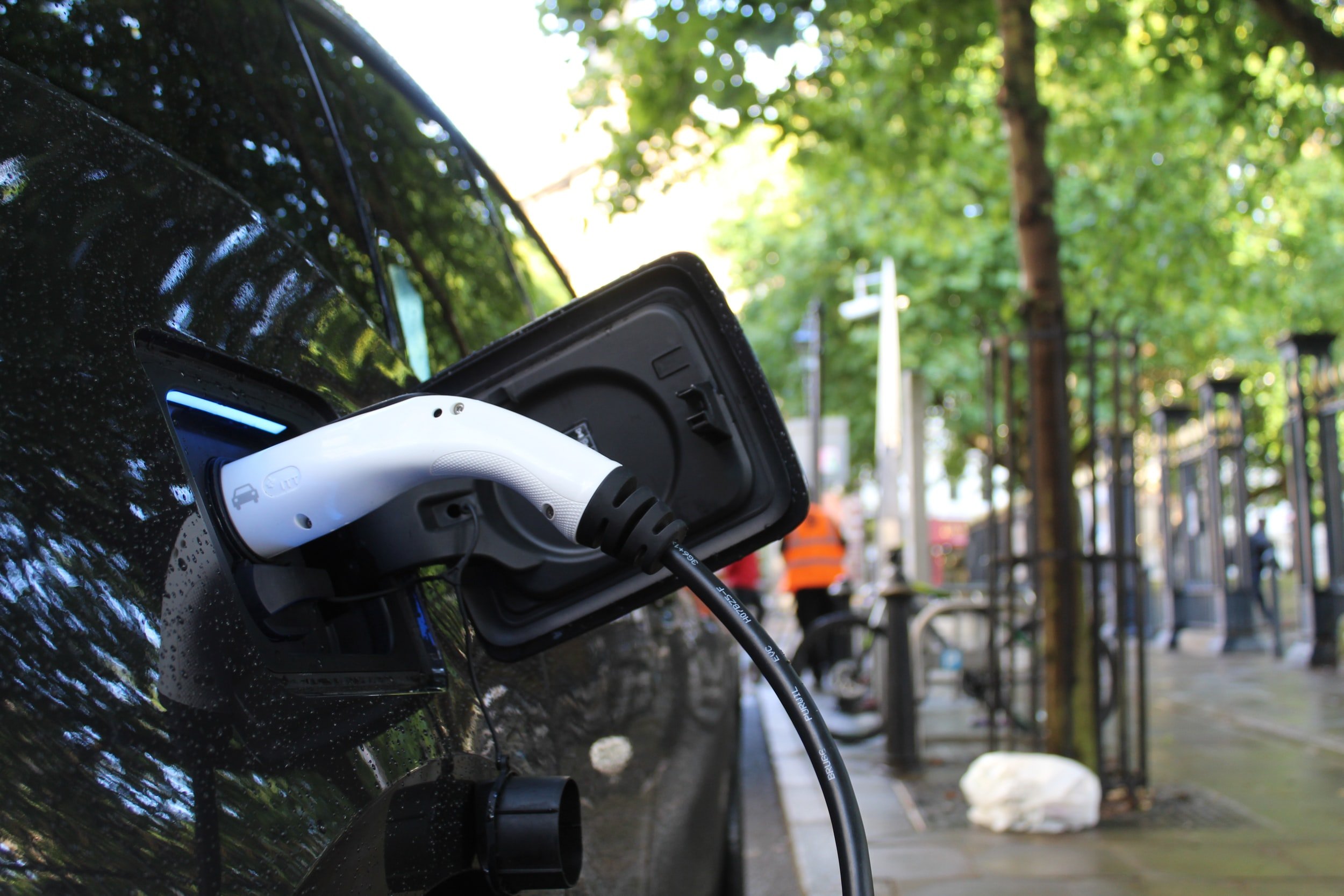Smart cities need to be accessible to all, and that includes those who drive electric vehicles (EVs), especially as they continue to rise in popularity. EV drivers using public chargers frequently encounter a problem: their app or car thinks the charger is available, while in reality the charging space is occupied by a vehicle that is not charging, has finished charging, or is occupied by a car with an internal combustion engine (ICE). The EV industry has even coined a term for this practice, “ICEing”.
ICEing significantly reduces the utilization of publicly accessible urban EV chargers. This reduces revenue for the charging companies and increases frustration for EV drivers seeking a charge. EV chargers are usually subsidized by governments so ICEing also wastes those public funds.
Cleverciti helps its clients reduce ICEing and maximize utilization of EV chargers by monitoring the usage of EV parking spaces both on-street and off-street. Cleverciti’s sensors provide real-time occupancy detection using industry-leading artificial intelligence (AI) technology to determine if an EV charger has an available parking space. That data is married to the charging status reported by the EV charger itself. Municipalities and/or the charging company are able to access this occupancy status via the Cleverciti Cockpit, where they’ll be able to see a bird’s eye view of usage of all chargers. The accurate availability status of each charger can then be published to EV drivers via standard charging apps, giving drivers the confidence they will find an available space.
This innovative approach to ICEing has already shown tremendous success in the German city of Düsseldorf. To help solve for ICEing, the city receives violation alerts any time a vehicle has been parked in a dedicated EV space, without charging, for at least 10 minutes. This could be either a vehicle that arrives and doesn’t start charging in the first 10 minutes, or a vehicle that has finished charging but remains parked after 10 minutes. The municipality then has the information necessary to enforce correct usage of these spaces, for example by issuing a warning or fine. Data obtained over 3 months in Düsseldorf identified an average of 1.25 violations per charger per day (40 per month). Each of these violations represents lost use of a public asset – the EV Charger – because a vehicle is blocking it while not charging, lost charging revenue, and EV driver frustration.
As the world races to deploy EV chargers, Cleverciti stands ready to support cities and EV charging companies to maximize the utilization of those chargers and to guide EV drivers to available charging spaces.
Book a demo now to see how Cleverciti can help you.



